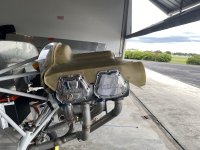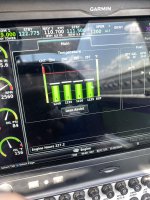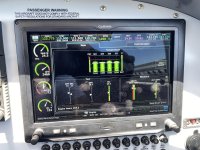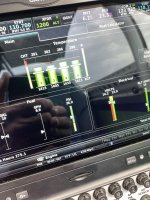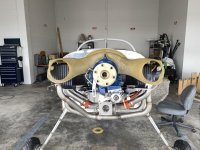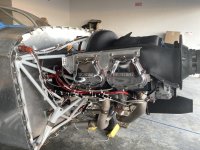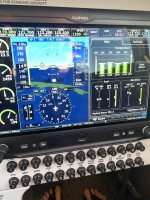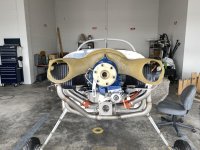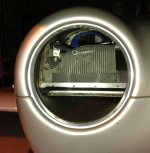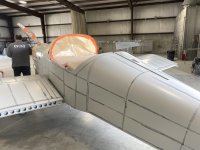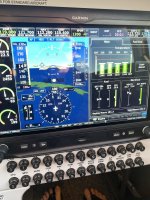runstrong92
Member
I’m getting ready to install a Sam James plenum on my O-320. The directions on the Sam James website don’t give a height or any point of reference for how high to sit the plenum above the cylinders. For those of you that have a plenum, Sam James or not, what kind of height do you have? Any “gotchas” with this? It’s going on my RV-4. Also looking to cut down my current baffle setup and utilize it instead of having to reform all of the aluminum parts if anyone has any advice/experience/wisdom on that. Thanks in advance for the help.
Last edited:



